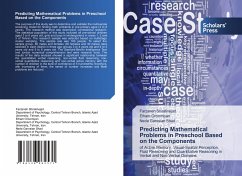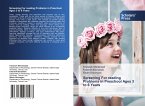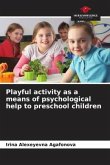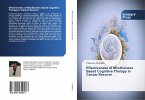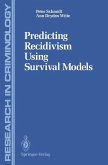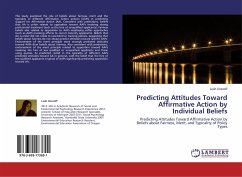The purpose of this study was to determine and validate the multivariate screening model for finding math problems in pre-primary ages (3 to 6 years). The research method was descriptive correlational research. The statistical population of this study included all pre-school children aged 3 to 6 years old, girls and boys in kindergartens in areas 1, 2 and 3 of Tehran. The research sample was selected based on multistage cluster sampling. The sample size was 180 people. To select the sample group, 60 males and females (30 females and 30 males) were selected in each district in three age groups 3 to 4 years old and 4 to 5 years old and 5 to 6 years old. The Stanford-Binet's Intelligence Test and Jordan numerical comprehension test were research tools. The results of the data analysis showed a significant relationship between the quantitative verbal reasoning, non-verbal fluid reasoning, non-verbal quantitative reasoning and non-verbal active memory with the number of children in the level of confidence of 5 hundredths; therefore, with increasing of them, the sense of number increases and Math problems are reduced.
Bitte wählen Sie Ihr Anliegen aus.
Rechnungen
Retourenschein anfordern
Bestellstatus
Storno

